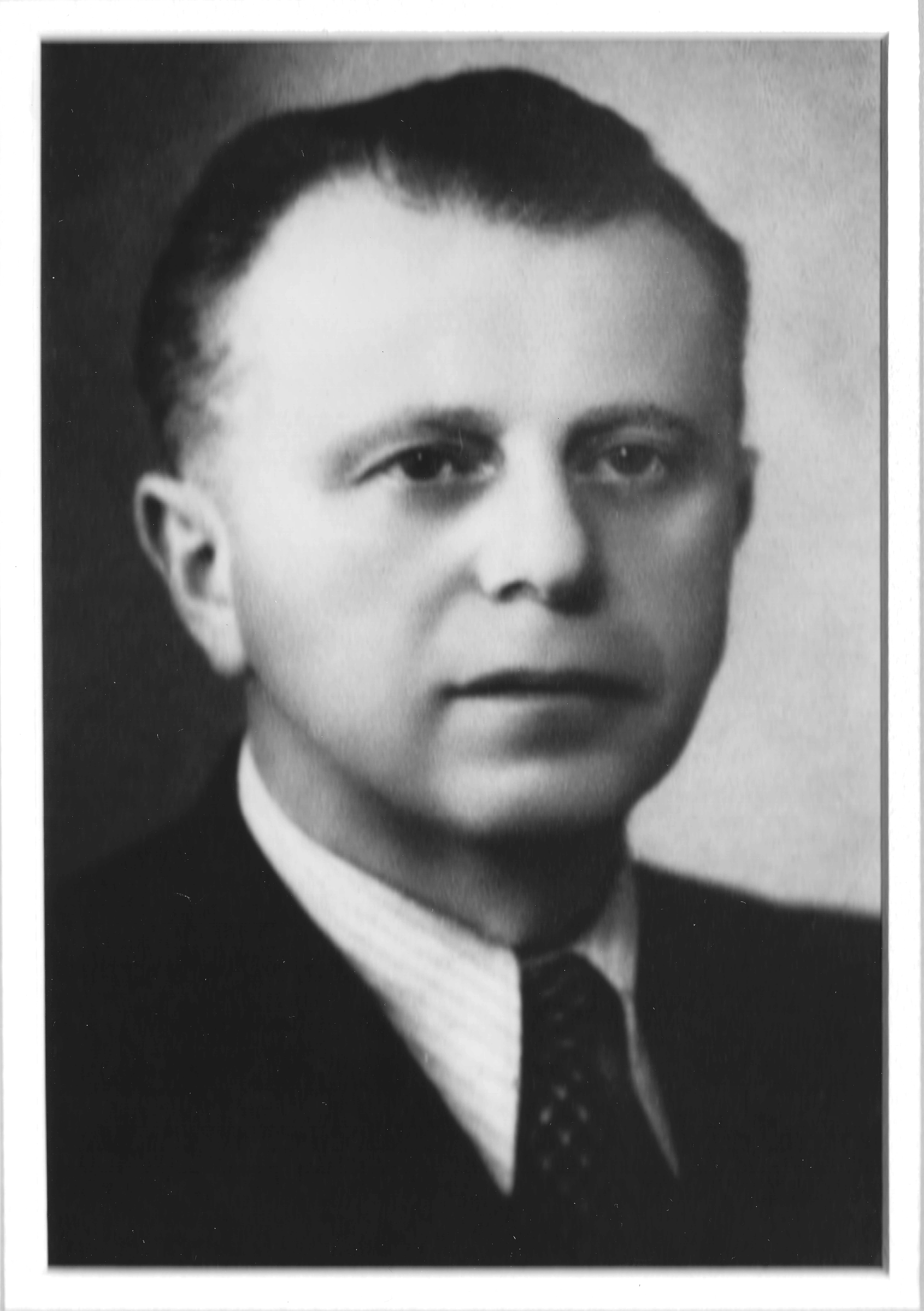Experience: Hiding

|

|

|

|

|

|

|
|

|

|

|

|

|

|
IN HIDING
The vast majority of Jews in German-occupied Europe never went into hiding, for many reasons. Hiding meant leaving behind relatives, risking immediate and severe punishment, and finding an individual or family willing to provide refuge. Many Jews, no doubt, held out on the hope that the threat of death would pass or that they could survive until the Allied victory. In many cases, it was the Jews who turned to the non-Jews for help. It was not only the rescuers who demonstrated resourcefulness and courage but also the Jews who fought for their survival. Their attempt to survive in hiding was before anything else self-assertion and an act of Jewish resistance against the Nazi regime. Unfortunately, only a few were successful in this resistance.
Sadly, the willingness or ability of the non-Jewish populations to rescue Jewish lives never matched the Nazis' vehement desire to destroy them. Even in countries where hatred for the German occupiers ran deep, anti-Nazism did not necessarily generate aid for Jews. The mainstream watched as their former neighbors were rounded up and killed; some collaborated with the perpetrators; many benefited from the expropriation of Jewish property. The Nazis portrayed the Jews as carriers of contagion, as criminals, or as “Bolshevik” agents anxious to subvert European society. The Nazis further discouraged rescue by threatening severe penalties for those caught helping Jews.
Despite the penalties for aiding Jews some groups and many individuals mustered extraordinary courage to uphold human values. In consequence, rescuers and the rescued lived under constant fear of being caught; there was always the danger of denunciation by neighbors or collaborators. This increased the risk and made it more difficult for ordinary people to defy the conventions and rules. For both, it was a gradual process. Many Jews would seek shelter for a day or two and those agreeing became increasingly involved in helping the persecuted. Those who decided to shelter Jews also had to sacrifice their normal lives. These rescuers regarded the Jews as fellow human beings who came within the bounds of their universe of obligation.
Sadly, the willingness or ability of the non-Jewish populations to rescue Jewish lives never matched the Nazis' vehement desire to destroy them. Even in countries where hatred for the German occupiers ran deep, anti-Nazism did not necessarily generate aid for Jews. The mainstream watched as their former neighbors were rounded up and killed; some collaborated with the perpetrators; many benefited from the expropriation of Jewish property. The Nazis portrayed the Jews as carriers of contagion, as criminals, or as “Bolshevik” agents anxious to subvert European society. The Nazis further discouraged rescue by threatening severe penalties for those caught helping Jews.
Despite the penalties for aiding Jews some groups and many individuals mustered extraordinary courage to uphold human values. In consequence, rescuers and the rescued lived under constant fear of being caught; there was always the danger of denunciation by neighbors or collaborators. This increased the risk and made it more difficult for ordinary people to defy the conventions and rules. For both, it was a gradual process. Many Jews would seek shelter for a day or two and those agreeing became increasingly involved in helping the persecuted. Those who decided to shelter Jews also had to sacrifice their normal lives. These rescuers regarded the Jews as fellow human beings who came within the bounds of their universe of obligation.
Jews in hiding were discovered by chance during raids seeking conscripts for forced labor, resistance cells, black marketers, or by random searches of documents. A slip of the tongue improperly prepared false documents, or gossip could lead to arrest and deportation.
PLACES OF HIDING
PLACES OF HIDING
Many of the Jews that were hidden during this time were children. In the rural areas in Eastern Europe hideouts or bunkers, as they were called, were dug under houses, cowsheds, and barns, where the Jews would be concealed from sight. Jews were also hidden in attics, cellars, hideouts in the forest, chicken coops, cemeteries, and sewers. Jews were also hidden in apartments in cities, and children were placed in convents with the nuns concealing their true identity. In Western Europe Jews were mostly hidden in houses, farms, or convents.
Physical conditions in such dark, cold, airless, and crowded places over long periods of time were very hard to bear. Any noise—conversation, footsteps—could arouse neighbors' suspicion and perhaps even prompt a police raid. During bombings, Jews had to remain hidden, unable to flee to the safety of shelters. Under these conditions, they often suffered from a lack of human interaction and endured boredom and fear. Those lucky enough to pass as “Aryans,” enjoyed the freedom of movement on the outside and were presented as non-Jews, relatives, or adopted children.
Contact us
thank you!
Your application is successfuly submited. We will contact you as soon as possible
thank you!
Your application is successfuly submited. Check your inbox for future updates.